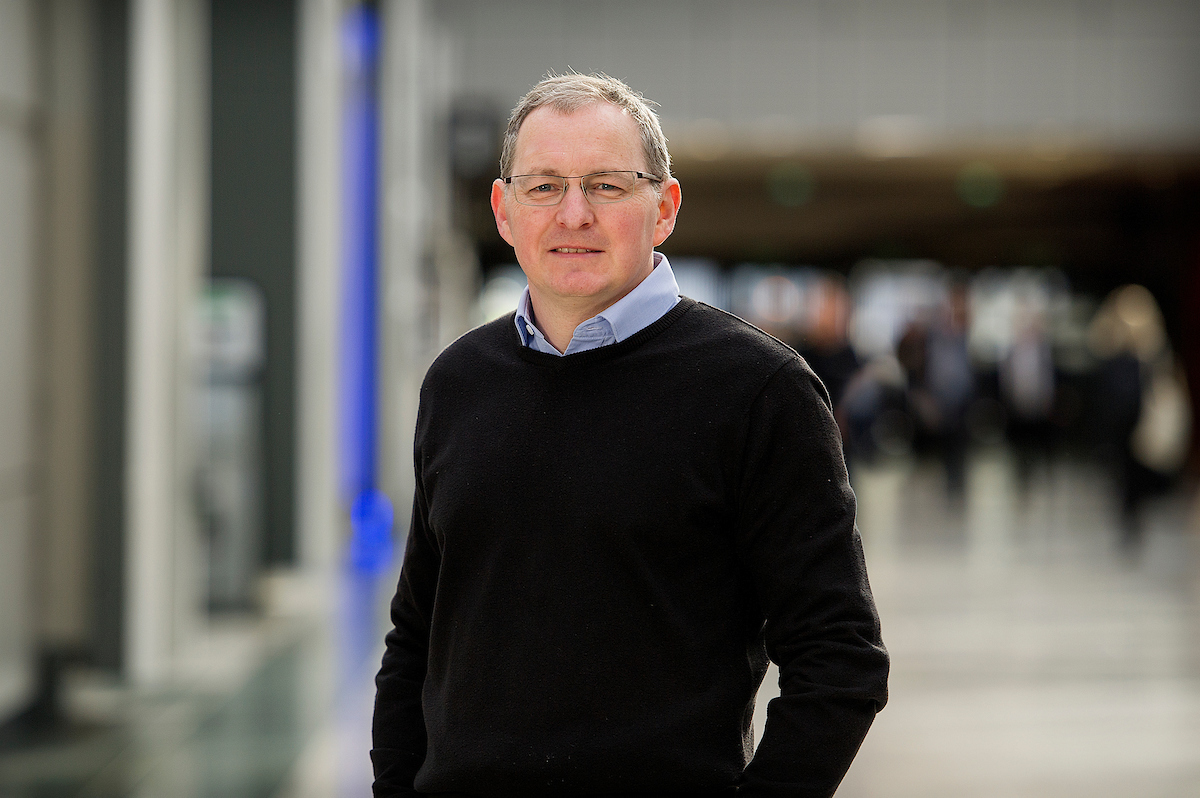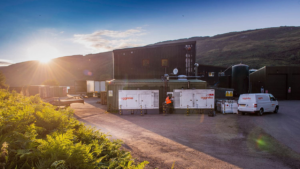Rutherford Cross recently held two boardroom lunches with John Watson and a number of Scotland’s leading Finance Directors and CFOs, the second of which was hosted in conjunction with Paul Copland, Audit Partner at EY, at their Edinburgh office. John, Chief Executive of Crosswind Developments, was a fantastic speaker for us to host, drawing on extensive experience as an executive, non-executive and board advisor across different sectors including financial services, private equity, healthcare, aviation/transportation and membership organisations.
These were first such lunches we have hosted since the onset of the pandemic and a very welcome return to sharing stories, ideas, and issues amongst such a high calibre network of finance leaders. It was certainly a welcome break from “Death by Teams” for all of us! The purpose of the lunches was to explore two important concepts which John has made central to his career to date and encouraged others to embrace as they go on their own journeys.
Surviving the Vacuum
The first part of the discussion was centred on mastering the art of leading and managing change or, as John entitled it, “Surviving the Vacuum”. In John’s own career his view has been that if something is important and value-add , we should start to do it immediately and with full commitment. If it is felt that is neither important nor valuable, it is to be visibly placed at the end of your priorities.
John framed the discussions around the four key chapters of his light hearted, “never-going-to-be-written book” based on his own experiences of leading change in an environment where those around you are guided by the existing pressures they are navigating every day. As change leader you will change those pressures an in effect, create a vacuum inside their existing life pressure system. We explored a few of the dozen or so chapters, like the four below:
- Nature abhors a vacuum: Some of us don’t like change at all, some of us just don’t like someone else’s change. Knowing the difference is critical but whatever the basis of interaction, it is likely that there will be a noticeable level of critique or resistance. Change leaders should not expect to be received with cheering crowds. Leading change won’t always win you a popularity award.
- A vacuum sucks. Get used to it: It’s normal for people to not agree immediately with our views, and we need to be understand that discomfort is part of the journey. We need to find mechanisms to keep going when times are tough because quite often we will find ourselves somewhat lonely or feel isolated. Also, it is ok for us and others not to like a change, and acceptance of the situation will help in progression, calmly and objectively.
- In space, no-one can hear you scream: Space is a vacuum and the phrase that “no-one can hear you scream in space” is equally applicable as we seek to build out our change agenda in the much larger, more established, pressure system of existing life. However emotional we might feel, shouting loudly or screaming will rarely land well or even land at all with the audience we’d like to interact with. It’s a waste of energy and probably highlights that we need to revisit the first two chapters of this “never-to-be-written” book. Collecting more oxygen with a deep breath (and maybe a quiet sigh) is probably more useful.
- No resistance = no movement. Like the spinning wheels on your car, we need the right amount of friction between the road and the tyre to get grip and make progress. Otherwise our energy is translated into heat and squealing noises, perhaps, just leaving a mess on the road! We need to see resistance or friction to know we are engaging. We should seek it out and understand. And, like when we are responding to a wheel spin, we need to concentrate a little harder and be adept at controlling the accelerator. If we can harness the constructive resistance to change in a positive manner, we can accelerate the drive to a new destination and help our colleague experience a more positive journey…even if it’s a challenging one.
Take Action to Make Change
The second part of the discussion looked at the importance of putting what you want to do at the centre of your career and doing it now. John’s uncompromising dedication to this method is symptomatic of his approach to his career, to business, and to leading change. John didn’t have a career plan per se; in simple terms the followed those jobs he enjoyed, where he was working with talented or like-minded people and felt fairly rewarded. It has not been a case of progressing from job to job, but more a built in desire to work in change environments and searching out the role content that he enjoys.
In a world where over the last 18 months the way we work and why we do the work we do has changed forever, John’s approach resonated hugely with our guests. A significant part of the role of an FD/CFO is to help their teams navigate their way through these seismic changes and achieve their career ambitions. Clearly, a large part of that starts with understanding their own.
John is Chief Executive of Crosswind Developments and has over 25 years’ experience working as an executive, non-executive and board advisor. He joined Global Infrastructure Partners (GIP) as an Operating Principal in 2013 and as Chief Commercial Officer of their investment, Edinburgh Airport. John also works with a number of GIP investments worldwide.
Prior to joining GIP, John was managing director of Lloyds Banking Group’s £50bn SME Lending portfolio. After qualifying as a Chartered Accountant with PwC Corporate Finance, John joined 3i. John is the chairman of Intelligent Growth Solutions, and a non-executive director of the Institute of Directors, Entrepreneurial Scotland and the Scottish Event Campus Ltd. He also is a member of the ICAS Governing Council.
To find out more about future Rutherford Cross events, or to discuss your career or recruitment needs, please contact Mark Lewis on [email protected]







